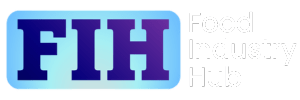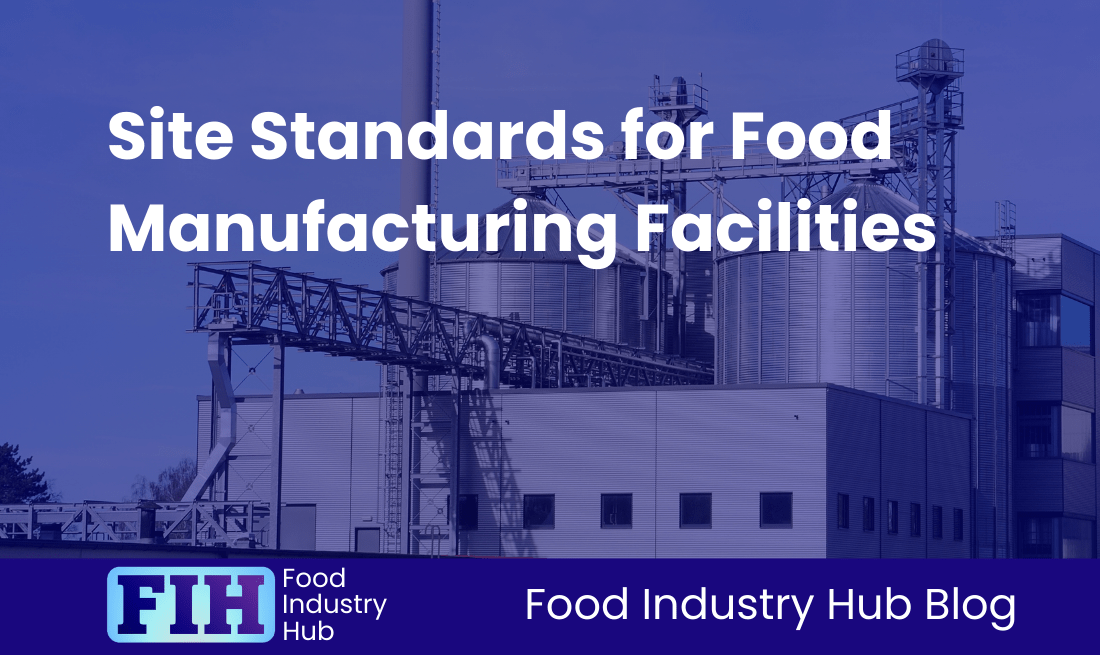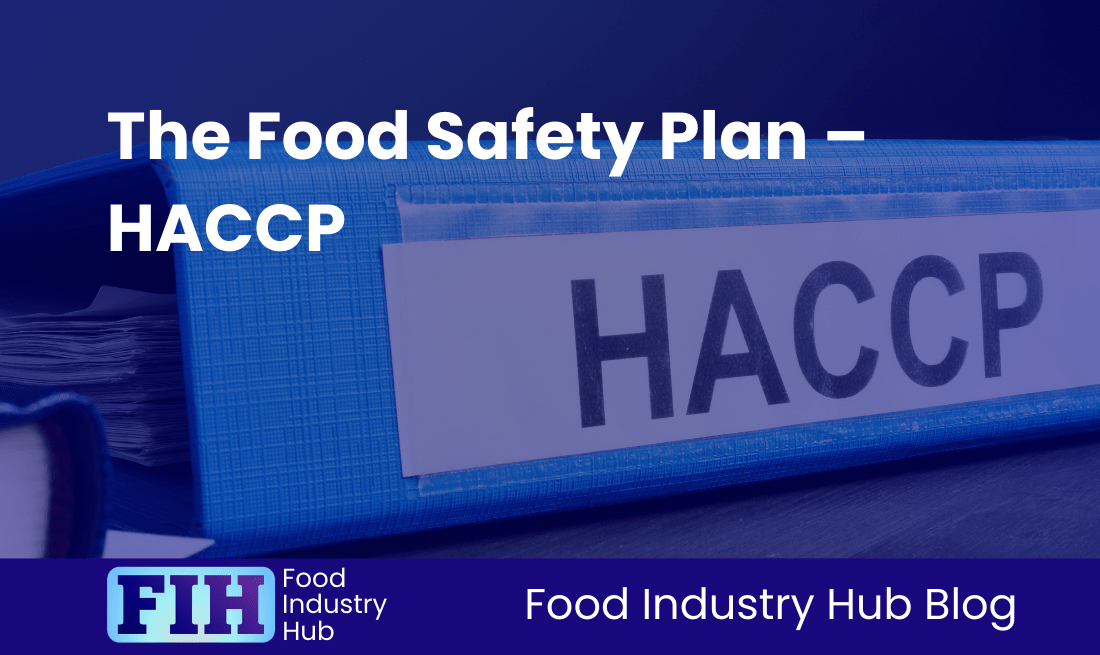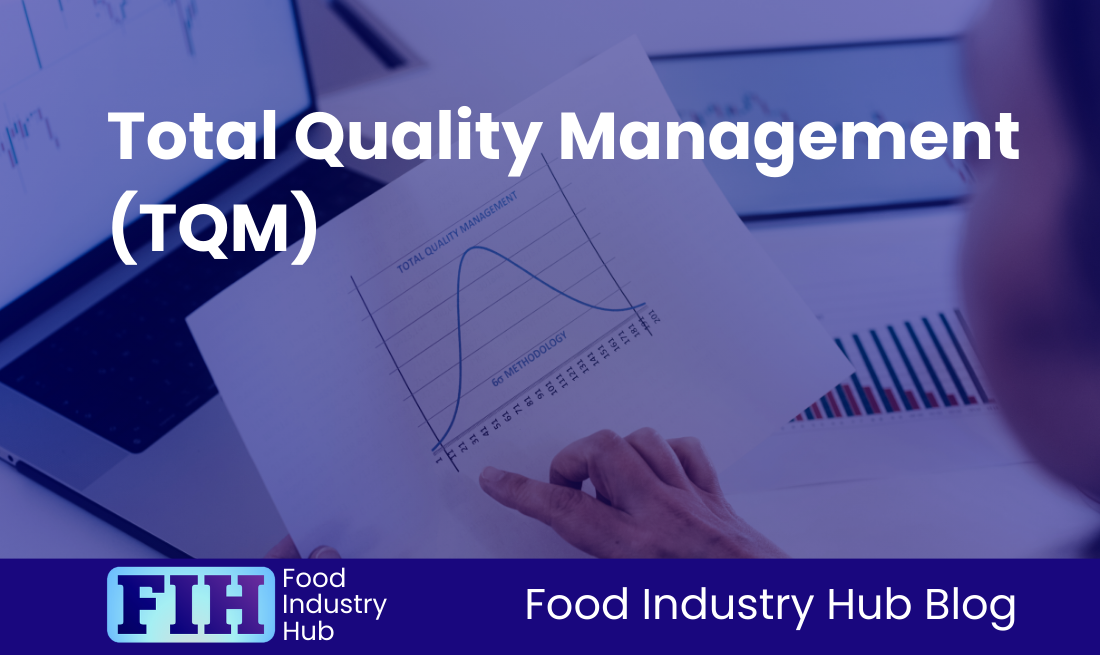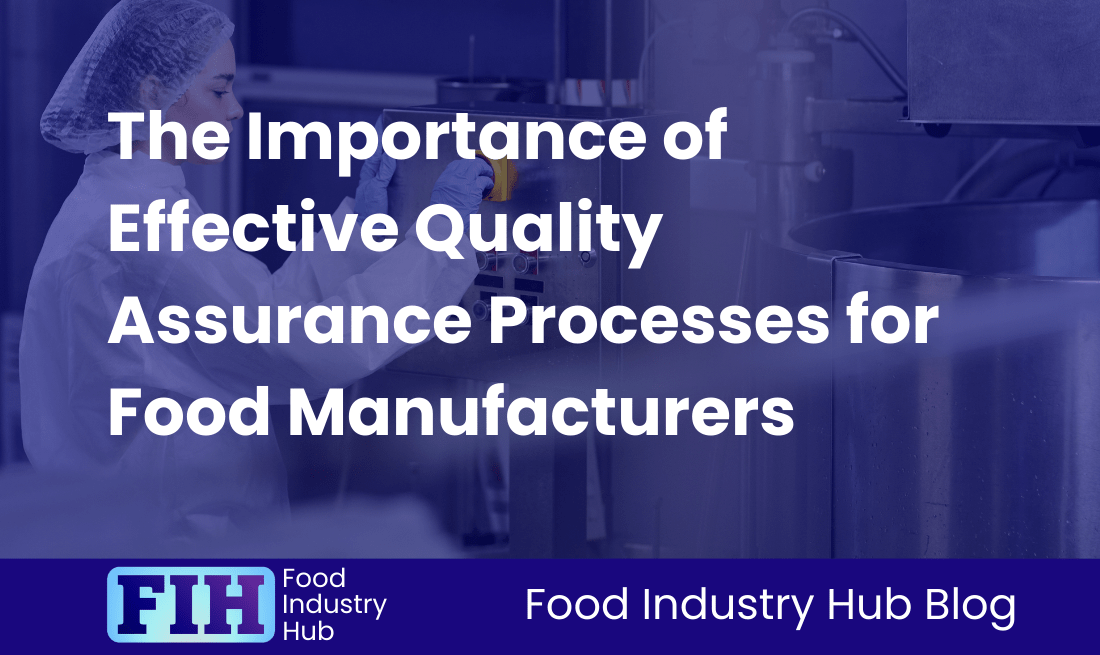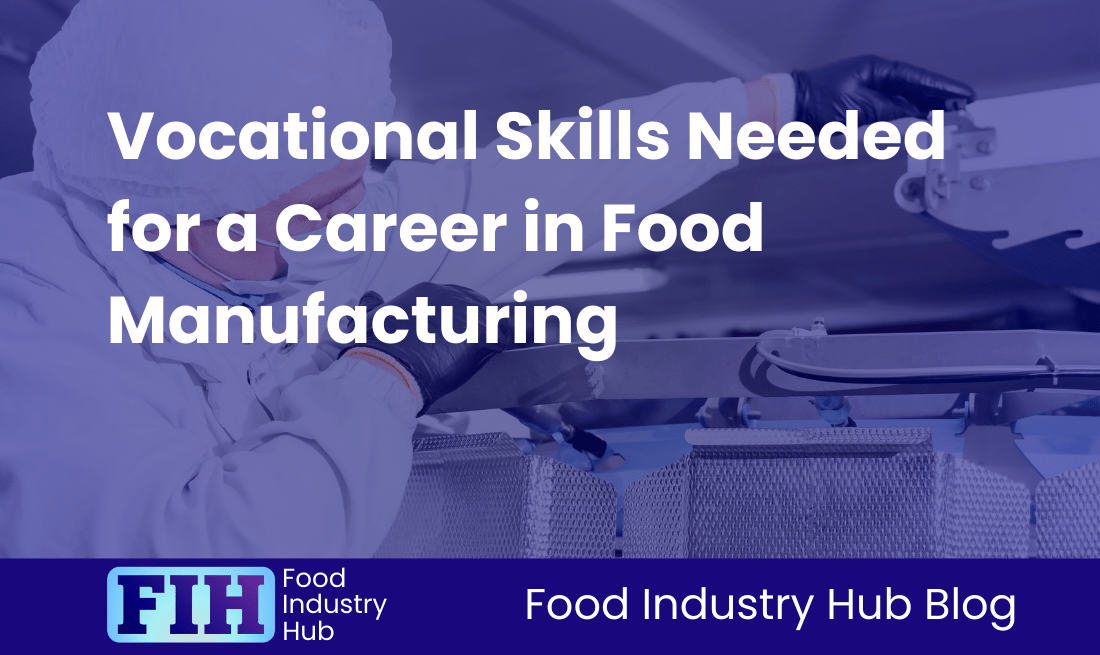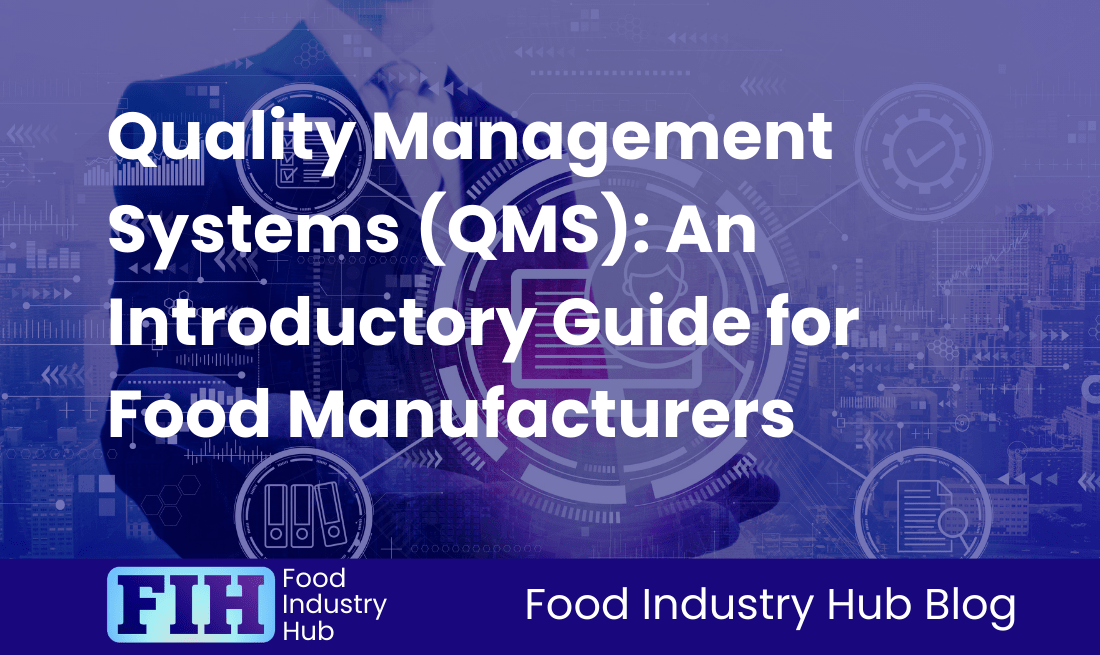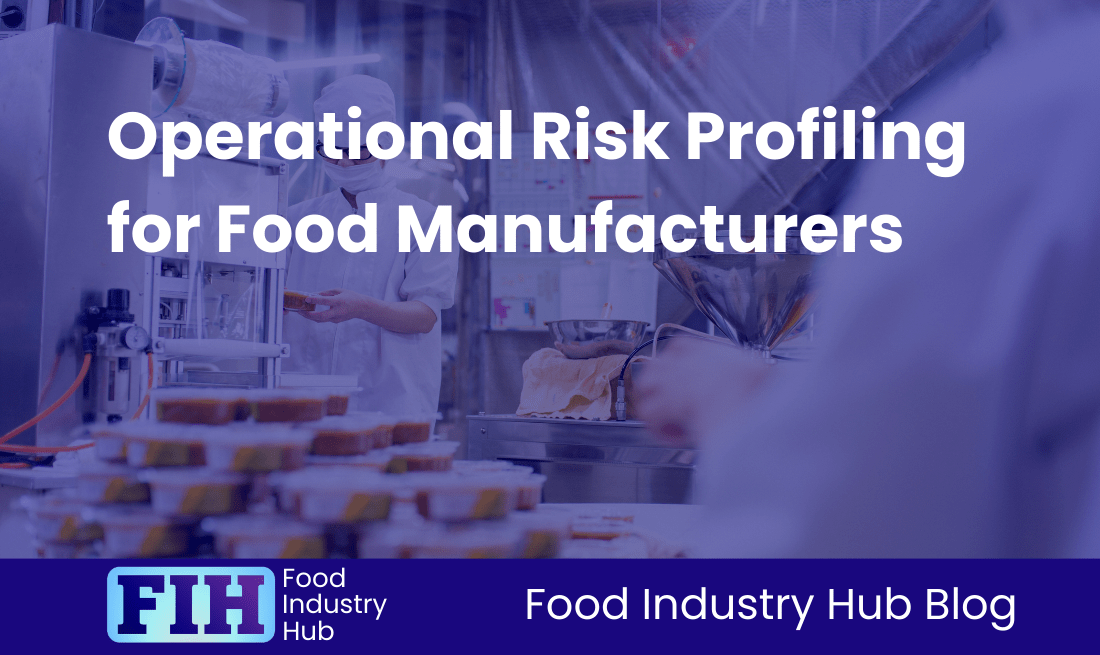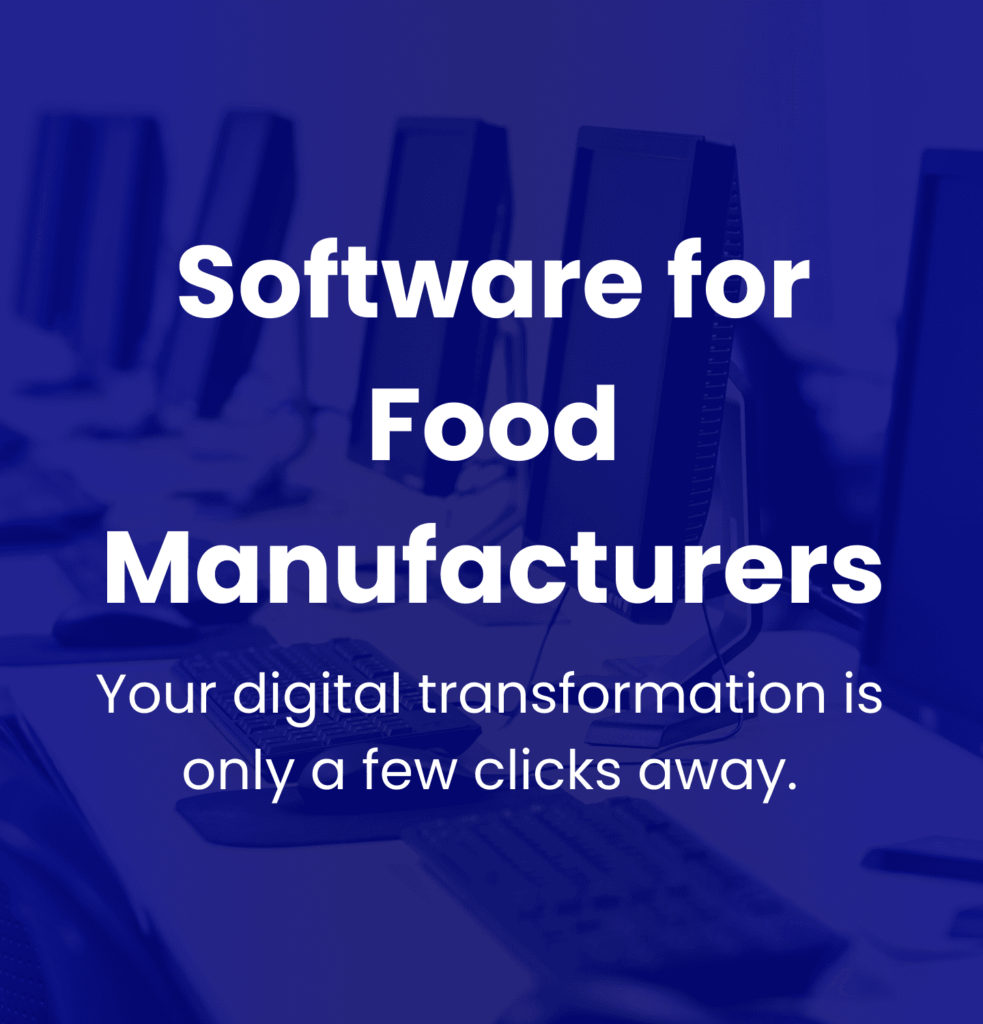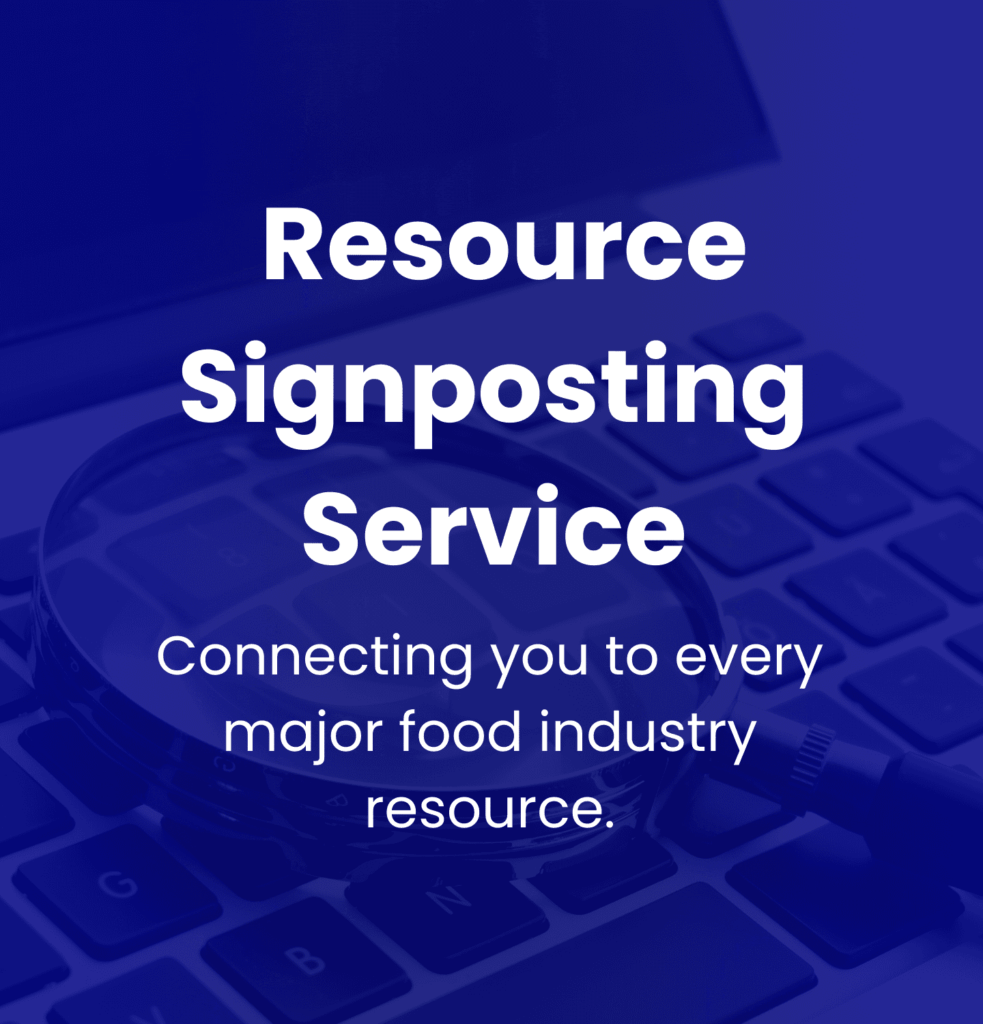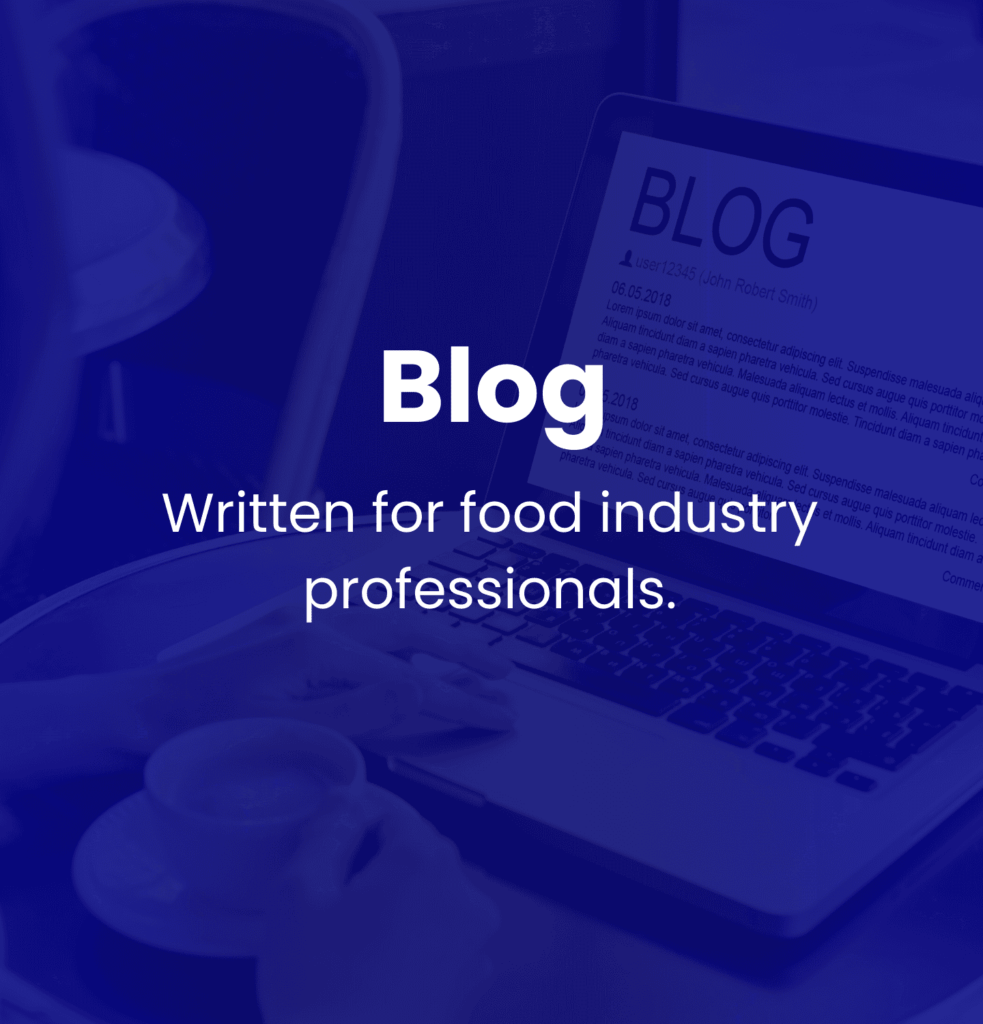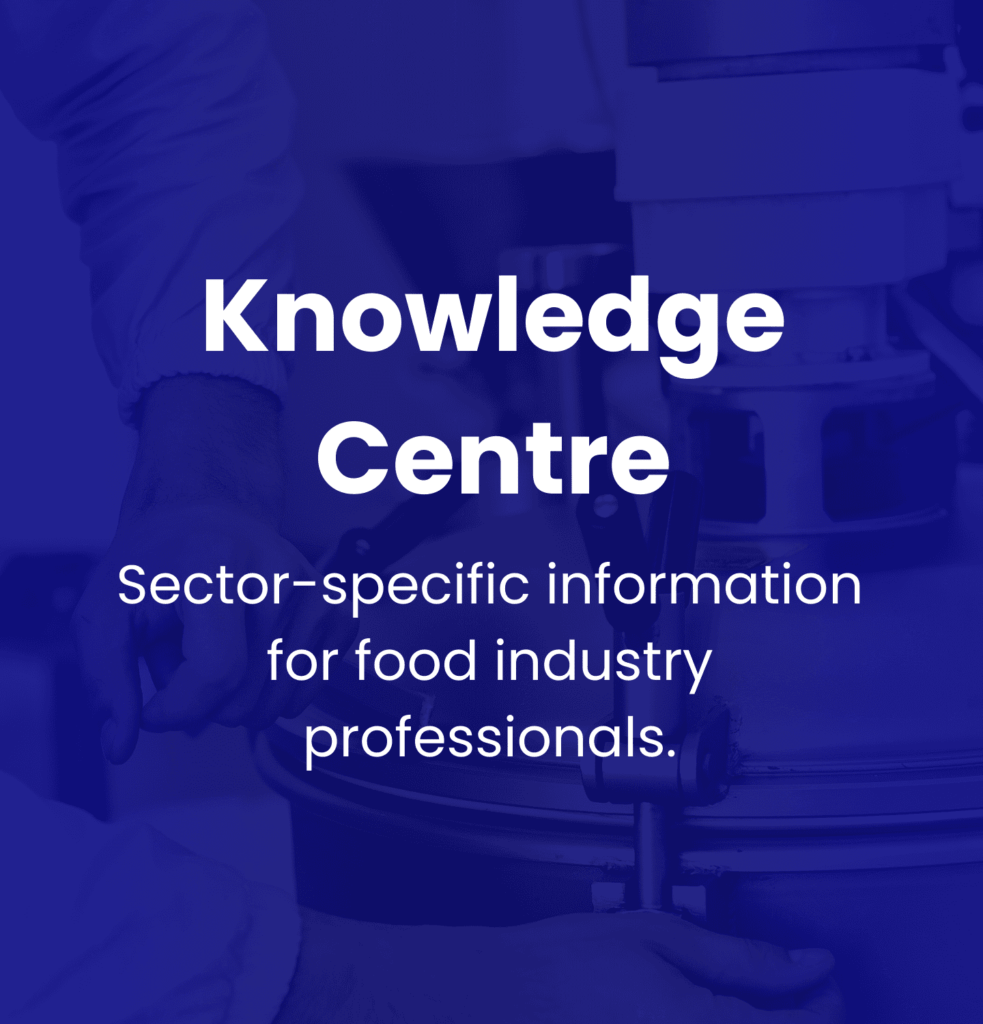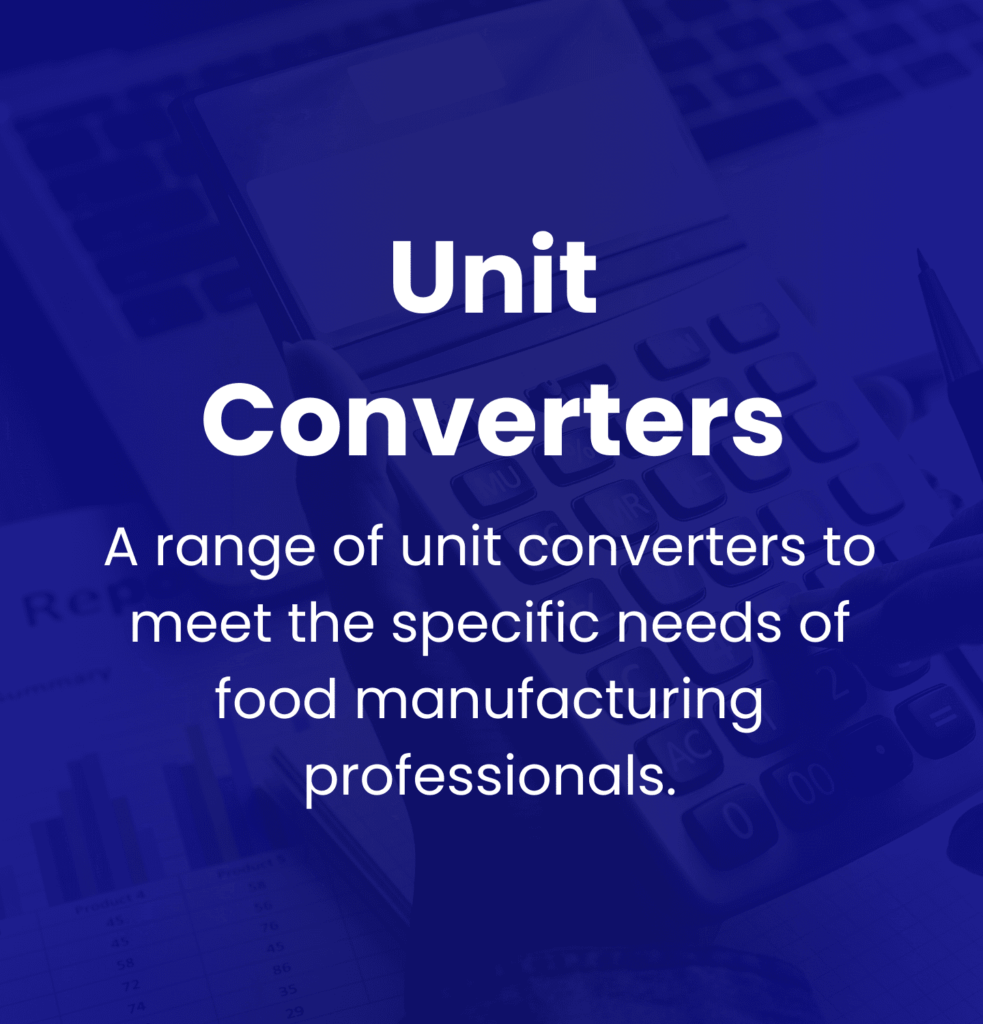Know: GHPs (Good Hygiene Practices)
Introduction
Imperfect hygiene in food production facilities incessantly jeopardises our food supply. The harsh truth is that numerous foodborne illnesses and product recalls could be thwarted with the deployment of effective hygiene practices. Good Hygiene Practices (GHPs), therefore, serve as more than mere recommendations; they establish the bedrock upon which safe food production stands and guarantees every item on your dinner table is safe for consumption.
In the food manufacturing industry, GHPs are indispensable in preserving food safety and quality. These encompass a vast array of actions from sanitation of plants, personnel hygiene practices, to pest control and the prevention of physical and chemical contaminants. GHPs are integral to avoiding food contamination and thus, securing consumer trust.
The significance of GHPs stretches past mere compliance; they constitute a proactive measure to protect public health and bolster the reputation of food manufacturing companies. By prioritising GHPs, businesses can ward off costly product recalls, refine their brand image, and nurture a culture of safety within their operations.
GHPs work to avert illnesses stemming from food consumption, ensure that food remains suitable for consumption, and heighten awareness about food safety throughout the supply chain. They act as requisite preparations for comprehensive safety systems such as HACCP (Hazard Analysis and Critical Control Points) and assurance schemes such as ISO 22000 – which further amplify the standards of food manufacturing.
The significance of GHPs can be explained better by breaking them down into several fundamental themes:
Regulatory Frameworks
GHPs often find enforcement through rules laid down by regulatory bodies to ensure conformance to food safety standards. For example, the Code of Federal Regulations in the U.S. provides guidelines for food manufacturers, while the EU’s Regulation (EC) No 852/2004 details necessary hygiene requirements.
Core Principles of GHPs
Key principles include adequate handwashing, the use of suitable protective clothing, and the emphasis on employee hygiene practices, all of which work to prevent product contamination. Regular auditing and compliance checks are significant for the effective implementation of GHPs.
Personnel Hygiene
Employees hold an instrumental role in maintaining hygiene standards, with policies regarding health conditions, cosmetics, and personal belongings being of utmost importance in avoiding product contamination.
Synergy with Food Safety Systems
GHPs complement systems such as HACCP and ISO 22000, focusing on the sources of contamination, like personal hygiene, before moving to detailed risk assessments.
Emerging Technologies
Whilst GHPs establish the foundation of hygiene standards, emerging technologies are enhancing monitoring and maintaining compliance. Digital tracking systems can effectively oversee hygiene practices, ensuring that traditional GHPs are supported by contemporary innovations.
In conclusion, GHPs signify evolving practices that adapt to new challenges and technologies within the food manufacturing industry. By emphasising personnel hygiene, integrating with holistic food safety systems, and embracing new technologies, GHPs play an essential role in safeguarding the integrity of the food supply chain.
Key Takeaways
Good Hygiene Practices (GHPs) play a fundamental role in food manufacturing, laying the groundwork for the safety and quality of food products. Their importance extends beyond merely meeting compliance; they serve as active deterrents against foodborne illnesses by managing potential threats within the production environment. Not only do these preventive measures serve to guard the consumer, but they also streamline operations and bolster customer satisfaction, driving brand reputation and consumer loyalty. Companies that thoroughly implement GHPs can dodge costly compliance issues and operational disruptions, as rigorous application is essential for meeting legal and regulatory demands.
The Future of GHPs and Technology
The GHP landscape is witnessing rapid transformation courtesy of evolving technologies. Mechanisation of cleaning processes and state-of-the-art monitoring systems are fast becoming integral to maintaining superior hygiene standards. For instance, advancements like IoT devices allow real-time surveillance of hygiene compliance, swiftly adapting to rising risks. Cutting-edge sanitisation techniques, such as the use of UV-C light and automated cleaning systems, amplify the impact of hygiene measures while scaling down manual labour. These technological strides contribute towards developing a more efficient, responsive, and effective framework for assuring food safety in manufacturing environs.
Legislative Frameworks and GHPs: A Dynamic Relationship
The link between GHPs and legislative structures is not static but an evolving dynamic. Regulatory stipulations frequently transform in tandem with scientific progress and public health issues, prompting repeated adjustments in GHP applications. Adherence to international directions, like those prescribed by Codex Alimentarius, is integral for food companies that operate on a global level. As the legal landscape changes, so must the practices that influence food safety, making it imperative for food manufacturing to remain alert and anticipative in aligning with new norms. This dynamic relationship serves the dual purpose of protecting public health and endorsing ongoing improvement in hygiene practices to meet consumer expectations and regulatory mandates.
Food Industry Hub Management Systems can significantly boost the effectiveness of your food safety and quality management system, leading to improved confidence and elevated quality assurance throughout your operations.
Regulatory Frameworks Governing GHP
Regulatory frameworks play an essential role in the food manufacturing industry. They underpin safety and compliance in relation to Good Hygiene Practices (GHP). Such guidelines are critical as they ascertain that food products are produced, processed, and distributed in line with established hygiene prerequisites. This, in turn, safeguards public health and augments consumer trust. Regulatory frameworks outline requisite protocols, which in turn, mitigate risks linked to foodborne diseases and enable easier access to international markets, thus aligning with trade standards and compliance expectations. [Source: FAO] [Source: FAO].
Overview of International Standards: Codex Alimentarius
The Codex Alimentarius, developed by the Food and Agriculture Organization (FAO) and the World Health Organization (WHO), is a key element of the international food safety arena. This set of guidelines provides a common framework for food safety, emphasising the importance of safe processing and handling as part of the GHPs. Although not legally binding, the Codex plays an instrumental role in harmonising food safety regulations across different countries to simplify international trade, and to ensure the safe production and preparation of food. This safeguards consumer health at a global level.
Legal Implications of Non-Compliance
Failure to comply with GHP regulations can land food manufacturers in substantial legal and financial trouble. In the UK, violations of the Food Safety Act 1990 can result in significant penalties such as fines, product recalls, or even the suspension of business activities. Legal actions resulting from food safety incidents can corrode consumer trust, drastically affecting the company’s market position and reputation. The upholding of compliance is fundamental as regulatory bodies perform regular inspections and audits to quickly identify and rectify non-conformities. This action ensures safety standards remain at the forefront in food manufacturing.
National Standards in the UK, EU, and U.S.
UK: Food Safety Act 1990
The Food Safety Act 1990 acts as a cornerstone within the UK’s food safety legislation. It requires food businesses to ensure the safety of the products they offer to consumers. It accentuates the legal necessity for businesses to stick to rigorous hygiene protocols, effectively controlling the occurrence of harmful substances in food. Infringements of this act can lead to criminal proceedings against food businesses, underscoring the necessitation of compliance with GHP.
The Food Safety and Hygiene (England) Regulations 2013 details the application of HACCP principles within England’s food businesses, thereby fortifying the hygiene and safety practices framework. The General Food Law (Amendment etc.) (EU Exit) Regulations 2019 ensure the endurance of high standards in UK food laws after Brexit, allowing for the modification of the regulatory framework while still including the necessary safety measures set out by the EU.
EU: General Food Law Regulation (EC) 178/2002
In the EU, the General Food Law Regulation (EC) 178/2002 underscores overarching principles of food safety, stressing responsibility and traceability. This regulation mandates that every food operator ensures the safety of their products, propelling compliance with hygiene practices across the entire food supply chain. It also highlights the necessity for a systematic risk analysis, ensuring food safety is upheld at all stages of production and distribution.[Source: EUFIC].
U.S.: Current Good Manufacturing Practices (cGMP)
Within the United States, the FDA’s Current Good Manufacturing Practices (cGMP) establishes the minimum conditions and practices that guarantee food safety. cGMP covers significant areas such as hygiene, facility sanitation, and employee training, promoting an environment that keeps risks of contamination to a minimum. Abiding by these practices is not only regulatory requisite, but also key for ensuring public safety and preserving the integrity of the food supply chain.
Enforcement and Auditing
Role of Regulatory Bodies
The Food Standards Agency (FSA) in the UK carries out an essential function in upholding food safety regulations. They conduct inspections and audits to make sure that established laws are complied with, holding businesses accountable for their adherence to food safety standards. In a similar vein, the U.S. FDA oversees the implementation of food safety regulations, carrying out inspections and audits to check alignment with cGMP and other related legislation.
Importance of Adherence
Sticking to compliance guidelines is necessary for food manufacturers to reduce legal consequences and to retain consumer trust. Non-adherence can lead to penalties such as fines, business stoppages, and notable harm to a brand’s reputation. Establishing a culture of compliance by means of regular auditing and ongoing monitoring of practices helps foster sustainable food safety management.
Auditing Practices and Inspections
Auditing practices typically incorporate both scheduled and unanticipated inspections to confirm compliance with GHP and HACCP principles. These audits review numerous factors including facility cleanliness, employee practices, and documentation. Regular audits and inspections allow food manufacturers to ensure the continuous application of best practices, consequently maintaining the highest food safety standards in the industry.
Maintaining adherence to GHPs and the aligned regulatory frameworks is essential for food manufacturers. By crafting comprehensive compliance protocols and prioritising a culture of safety, manufacturers can contribute to public health protection and construct durable consumer confidence.
Core Principles of Good Hygiene Practices
Good hygiene practices play a primary role in the pursuit of food safety within food manufacturing facilities. Such practices encompass various aspects such as sanitation, facility design, and pest control, all of which contribute immensely towards ensuring high standards of hygiene.
Sanitation and Facility Design
Ensuring a hygienic facility design is a cornerstone in mitigating the risk of food contamination. The Food and Agriculture Organisation (FAO) advocates several best practices, the crux of which is outlined in its Good Hygiene Practices (GHP) Toolbox [Source: FAO]. Some salient points include:
Zoning is a core practice that involves designating separate areas for raw food preparation, cooking, and packaging. By doing so, the likelihood of cross-contamination is significantly reduced. This deliberate design approach safeguards against the possible interference of any contamination from raw materials with finished products or other food items in processing areas. Coupled with this, establishing a clean environment is essential, which can be achieved by incorporating smooth, non-porous surfaces for effective cleaning. Utilising materials like stainless steel or certain types of plastic reduces the retention of food particles and pathogens. Consequently, cleaning procedures become more effective.
A well-thought-out design ensures the facility’s layout and equipment promote easiness in upkeep and accessibility, permitting effective sanitation. An adequate drainage system is also a must in a facility, which curbs water accumulation, a potential breeding ground for bacteria, and a magnet for pest infestations [Source: Food Safety Magazine].
Cleaning and Disinfection Protocols
Integrating a systematic cleaning and disinfection process is indispensable for upholding a sanitary food manufacturing environment. The foundation of efficient sanitation lies in adopting a four-step cleaning routine. The cycle includes:
- Pre-Cleaning: The primary stage proceeds towards eliminating visible debris and residues from surfaces to ready them for in-depth cleaning.
- Cleaning: The following phase involves applying apt detergents to remove stubborn residues.
- Rinsing: The next step requires thorough flushing of surfaces to rinse away any leftovers of the cleaning agents.
- Disinfecting: The cycle culminates with the application of an effective disinfectant to kill off any residual pathogens, thereby ensuring that surfaces are safe before contacting food.
Sanitation Standard Operating Procedures (SSOPs) are of very high importance for maintaining the uniformity of these hygiene practices. By outlining specific sanitation tasks, designating responsibilities to staff, and stipulating the frequency of cleaning, SSOPs ensure adherence to a standard set of hygiene practices. Implementing these procedures helps to instil a culture of compliance among employees, enabling them to understand their tasks better and appreciate their roles in upholding food safety [Source: Food Safety Magazine].
Strategic Pest Control Strategies
A comprehensive sanitation plan in food manufacturing environments is incomplete without an effective pest control strategy. Integrated Pest Management (IPM) strategies focus on regular monitoring and early detection of infestations, a key to mitigating contamination risks. High standards of sanitation deter pests, who are attracted to food residues and unclean environments.
The FDA Food Code, among other regulatory frameworks, mandates that food facilities deploy effective pest control measures. Common measures include erecting physical barriers to impede pest entry, conducting routine facility inspections, and utilising pesticides judiciously. Ensuring that pest management does not compromise food safety is of paramount importance.
Emphasising sanitation, facility design, pest control, and rigorous cleaning protocols can enhance food safety and public health standards in the food manufacturing industry. Incorporating these core principles into daily operations forms the bedrock of a robust Good Hygiene Practices system, which is integral for any successful food operation.
Sign-up for the Food Industry Hub Mail Service
We regularly produce new content for food industry professionals, and the Food Industry Hub Mail Service is the best way to stay up to date with the latest additions.
Signup today to be added to the Food Industry Hub mailing list.
Personnel Hygiene and Training
Within the food manufacturing industry, Good Hygiene Practices (GHPs) play a major role in preserving food safety and quality. This section explores the necessary protective equipment, hand hygiene, and behavioural policies that food handlers must adhere to, along with highlighting the role of on-going training programs.
Protective Equipment and Hand Hygiene
Proper use of protective clothing coupled with attentive hand hygiene practices are cornerstones in preventing contamination in the food manufacturing setting. For effectiveness, food handlers need to observe best practices that steer towards minimising risk.
Best Practices for Protective Clothing and Hair Restraints
Protective clothing is a primary guard against contaminants. Consequently, food handlers should don clean, appropriately fitting uniforms made of materials resilient to frequent washing. Outerwear having pockets above the waist should ideally be avoided as such pockets can be a hiding place for contaminants. In the same vein, restraints for hair – caps, hair nets, or beard guards – help contain hair and restrict it from falling into the food serving as a source of contamination.
Gloves and Hand Hygiene Practices
Gloves confer additional protective cover but must be worn and replaced correctly to avoid becoming a source of contamination themselves. For this reason, gloves should be replaced often, especially when a food handler switches between tasks, or when contamination is suspected.
Where gloves are not worn, strict adherence to the 20-second handwashing rule is key. This rule involves washing hands thoroughly for at least 20 seconds, using soap and running water, addressing all surfaces like the spaces between fingers and under the nails. Engaging this method significantly reduces harmful microorganisms and should be performed before beginning work, following breaks, and after using restrooms [Source: NCBI]. Ensuring easy access to well-stocked handwashing stations is key to encouraging compliance.
Behavioural Policies
Policies concerning behaviour can significantly influence the culture of hygiene within food manufacturing plants. These policies function in preventing cross-contamination and in facilitating compliance with hygiene regulations.
Role of Non-Product Handling Policies
Non-product handling policies play a central role in curtailing cross-contamination. These policies may entail prohibiting the use of personal items, eating, or drinking in production areas. They may also call for restrictions on wearing makeup or jewellery, which could become sources of contamination. Relevantly, food handlers should avoid working when unwell so as to minimise the risk of biological contamination.
Strategies for Encouraging Compliance
Cultivating adherence to hygiene policies can be achieved by providing effective training and clear communication. Regular training sessions that underscore the importance of hygiene best practices, supplemented with visual aids and demonstrations, can boost understanding and retention [Source: Cornell University]. When management demonstrates commitment to hygienic practices, it contributes to an environment of accountability where adherence to hygiene protocols becomes integrated into performance evaluations.
Comprehensive Training Programs
Persistent training programs act as underpinning structures in maintaining high standards of hygiene in food manufacturing. These programs should cover relevant hygiene subject matters, including personal hygiene practices, correct usage of protective equipment, and strategies to spot and mitigate cross-contamination risks. It is especially beneficial to engage regular refreshers, particularly for new hires, ensuring they understand their role in upholding food safety. Continuous training and learning enable food handlers to keep up with evolving industry standards and best practices, consequently promoting a strong culture of hygiene and safety.
Integration with HACCP and Quality Management Systems
The Essential Role of PRPs in GHP Upkeep
Prerequisite Programs (PRPs) are the sturdy foundation that supports Good Hygiene Practices (GHPs) in food manufacturing. These fundamental practices create the necessary conditions for the successful enactment of Hazard Analysis and Critical Control Points (HACCP) systems. PRPs span a diverse range of activities, from sanitation and pest control to equipment maintenance and thorough employee training, all crucial in preventing contamination and upholding food safety standards during all production stages.
Effective PRPs also cultivate a culture of continuous improvement allowing food manufacturers to identify and manage potential hazards before they transform into substantial problems [Source: PMC]. Therefore, PRPs are integral not only in underpinning GHPs but also in boosting the overall effectiveness of food safety management systems.
Integration with HACCP
Ensuring Microbial Safety of Process Water
Validating microbial safety of process water is an essential part of implementing a context of safety for the implementation of the HACCP system. Contaminated water, if not managed correctly, can introduce pathogens during the manufacturing process, leading to foodborne illnesses. Regular monitoring and treatment of process water ensures its safety, serving as a pivotal part of contamination prevention and food safety. This validating process is essential set within GHPs that uphold rigorous standards of hygiene, including careful management and oversight of water quality in food production.
GHPs Reducing Food Safety Risks
Good Hygiene Practices play a significant role in minimising food safety risks by guiding protocols that counter contamination throughout food handling, processing, and storage. The focus of GHPs spans various essential components such as regular sanitation of equipment, thorough employee hygiene training, and careful waste management. As a result of adhering to these practices, the chances of foodborne illness outbreaks are significantly reduced. Such outbreaks pose serious public health risks and could lead to severe regulatory consequences.
Synergy with GMP and ISO 22000
GHPs Enhancing Operational Controls Governed by GMP
Good Hygiene Practices are deeply interwoven with the operational controls provided by Good Manufacturing Practices (GMP). GMP guidelines provide comprehensive mandates to assure food safety through aspects that include facility cleanliness, equipment maintenance, and employee training. The implementation of GHPs enables food manufacturers to establish superior hygiene standards that unite with GMPs to improve safety and quality in the production environment. The inclusion of GHPs within the GMP framework ensures that manufacturers preserve sanitary conditions, thus reducing the likelihood of cross-contamination and protecting consumer health [Source: Penn State Extension].
ISO 22000 Harmonising Food Safety Management Practices
ISO 22000 acts as a prominent international food safety management standard that consolidates diverse practices across global organisations, encompassing the requirements of PRPs and HACCP. This standard underscores the importance of structuring practices that allow for effective food safety management throughout the supply chain. Introducing GHPs and GMPs into ISO 22000 enables food manufacturers to create a precise framework for maintaining compliance with both local regulations and international food safety standards. By adopting ISO 22000, it not only strengthens operational durability but also bolsters consumer trust by demonstrating that products are manufactured within a safe, controlled environment. The harmonious connection between GHPs, PRPs, HACCP, GMP, and ISO 22000 proves essential in securing high standards of food safety and quality in the manufacturing sector.
Emerging Technologies and Future Directions in GHP Implementation
In the food manufacturing sector, Good Hygiene Practices (GHPs) play an indispensable role in maintaining the safety and quality of food products. Notably, emerging technologies are transforming GHP implementation, spearheaded by digital monitoring tools and inventive sanitisation methods. In this section, we will shed light on the contribution of digital and smart technologies to enhancing GHP’s effectiveness and discuss sterling advances in sanitisation.
Role of Digital and Smart Technologies in Improving GHP Implementation
Digital technologies have revolutionised food safety management, evident in the integration of automated systems that ensure adherence to hygiene protocols. In particular, digital HACCP systems embody this transformation, offering marked operational efficiency benefits over traditional manual methods. They enable streamlined data collection and analysis that translates to improved food safety compliance and a mitigated risk of human error and data manipulation. Notably, technologies such as Artificial Intelligence (AI) and the Internet of Things (IoT) provide predictive analytics and real-time monitoring of food safety parameters, thereby boosting the reliability of hygiene practices in food production landscapes.
Digital Monitoring Tools
Key Benefits and Roles of IoT-Enabled Sensors and Digital Tools
IoT-enabled sensors serve a pivotal function in the efficient tracking of hygiene compliance in food manufacturing. They facilitate the collection of real-time data, promoting swift action in mitigating potential hygiene lapses. Consider the following benefits:
- Real-Time Monitoring: IoT sensors ensure continuous oversight of critical control points such as temperature, humidity, and cleaning schedules. This incessant monitoring prompts immediate interventions, effectively curbing compliance lapses and boosting audit readiness.
- Automated Data Collection: Digital tools mechanise the processes of data handling and record-keeping, alleviating the administrative burden on staff whilst ensuring precise documentation of hygiene practices. This factor significantly aids in effective audits and compliance verification.
- Proactive Risk Management: Analytics derived from these technologies empower food manufacturers to identify patterns that may hint at potential hygiene risks. With this insight, they can preemptively tackle issues before they result in non-compliance or contamination.
Advances in Sanitisation
Description of EO Water and UV-C Light as Emerging Chemical-Free Sanitisation Methods
In the pursuit for sanitisation excellence, innovative methods like Electrolyzed Water (EO Water) and UV-C Light are gaining ground as effective, chemical-free alternatives.
- EO Water: Prepared by the electrolysis of saltwater, this solution has demonstrated efficacy against a broad range of pathogens. As it is non-toxic and safe for food contact, EO water stands out as an attractive choice for food manufacturing facilities aiming to reduce chemical usage while maintaining solid hygiene standards.
. - UV-C Light: UV-C light sanitisation uses ultraviolet radiation to deactivate microorganisms on food contact surfaces. While it promises quick, chemical-free sanitisation, there are challenges related to affording full surface exposure and the costs of the associated equipment.
Overview of Possible Benefits and Challenges
Both EO water and UV-C light improve sanitisation by diminishing chemical residues and enhancing environmental sustainability. They, however, bring with them challenges such as significant initial investment costs and the necessity for comprehensive employee training. Importantly, continuous validation of these methods is required to guarantee their effectiveness across various surfaces and applications.
The integration of digital monitoring tools and advanced sanitisation methods like EO Water and UV-C light may significantly bolster the implementation of GHPs in the food manufacturing industry. These technologies enhance compliance, safety, and efficiency, positioning the sector in line with evolving regulatory expectations and consumer demands.
Conclusion
Good Hygiene Practices (GHPs) lay the firm foundation upon which the safety and quality of food products in the manufacturing sector rely. Their implementation effectively addresses and manages hazards associated with food production, including raw material contamination, water quality, and food handler hygiene [Source: FAO].
The Evolving Nature of GHPs and Aligning with Technological Advancements
GHPs are responsive and adaptive, showing an ability to evolve with the changing landscape of food production along with technological advancements. Latest innovations like high-pressure processing (HPP) necessitate that GHPs evolve for efficient management of hazards that cannot be mitigated by basic hygiene practices alone. This growth of GHPs often means they become intertwined with evolved systems like Hazard Analysis and Critical Control Points (HACCP) in ensuring comprehensive control over food safety risks.
Modern technological innovations are reshaping GHP implementation. The use of automation and data analytics is proliferating, leading to enhanced monitoring capabilities. This ensures that hygiene standards are adhered to, and that practices are optimised for efficiency and effectiveness.
The Significance of High Hygiene Standards in Nurturing Consumer Trust
Instilling and maintaining high hygiene standards through effective GHPs are key to building enduring consumer trust in food products. With more aware and discerning consumers today, companies that invariably uphold hygiene standards realise the direct co-relation with customer loyalty and a strong brand reputation. Regulatory standards across the globe underpin the significance of robust hygiene practices, cementing the role of GHPs in protecting consumer health and managing risks linked to foodborne illness outbreaks.
Potential Developments in GHPs
Moving ahead, it is expected that GHP improvements will go hand in hand with the advancement of food safety standards and scientific knowledge expansion. GHPs will need to incorporate new findings and leverage innovations, possibly employing big data and AI for more precise monitoring and management of hygiene practices. The GHPs of the future are anticipated to favour more personalised hygiene management approaches suited to unique production environments and product types, thus maintaining compliance while allowing adaptability in a dynamic landscape.
The ongoing challenge lies in finding the right balance between time-tested practices with the adoption of cutting-edge technologies to safeguard food products and continue to build consumer confidence in food safety.
About The Food Industry Hub Knowledge Centre
The Food Industry Hub knowledge centre delivers informative content on a variety of topics pertinent to the food manufacturing industry.
You can return to all topics by clicking here.
From The Food Industry Hub Blog
Expanding on this topic with related content from our blog.
